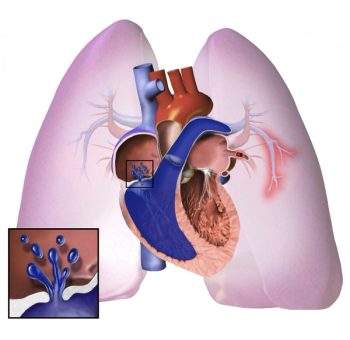
The researchers prefaced their study by highlighting that pulmonary arterial hypertension (PAH) and all forms of PH continue to be highly morbid and sometimes fatal, particularly in cases requiring hospitalization in the intensive care unit.


The researchers prefaced their study by highlighting that pulmonary arterial hypertension (PAH) and all forms of PH continue to be highly morbid and sometimes fatal, particularly in cases requiring hospitalization in the intensive care unit.

A temporary switch from oral to intravenous (IV) selexipag is safe and well tolerated in the treatment of pulmonary arterial hypertension (PAH).
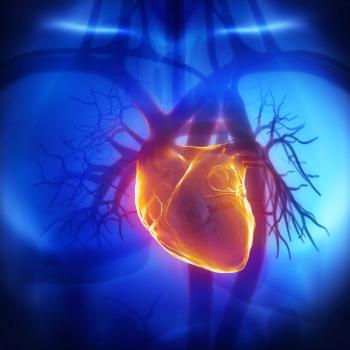
Patients being treated for multiple myeloma with carfilzomib should have cardiopulmonary screening and monitoring due to the risk of developing pulmonary arterial hypertension (PAH).

The approach, the researchers say, allows for rapid and accurate diagnosis of pulmonary arterial hypertension (PAH) by analyzing cardiac magnetic resonance (CMR) images without manual image segmentation.

As up to 1 in 3 patients with pulmonary arterial hypertension have unknown explanations for their disease and its pathobiology, a team of researchers is exploring the genetic architecture of pulmonary arterial hypertension (PAH).

The authors said this study included more up-to-date definitions of diagnosing pulmonary arterial hypertension (PAH), which is an increasing factor in deaths from systemic sclerosis (SSc).

Lower socioeconomic status (SES) and barriers related to the perceived need for exercise rehabilitation were associated with decreased referral to rehabilitation among patients with pulmonary arterial hypertension (PAH).

Among the viewpoints offered by the authors to overcome barriers in solving unmet needs in pulmonary arterial hypertension (PAH) are preclinical pipelines for drug repurposing, working around challenges in early-stage trial design, and refining target selection and demonstration of engagement.
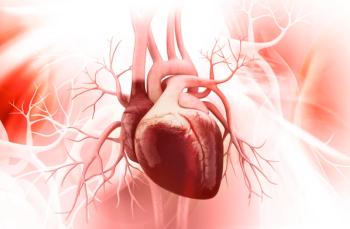
A recent study sought to examine the course of these patients after the age of 40, and to identify possible risk factors for a worse prognosis.
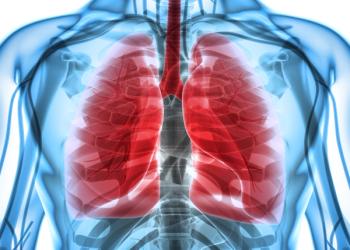
Survival among patients with myeloproliferative neoplasm (MPN)–associated pulmonary hypertension (PH) is generally short, although the true prevalence of PH among these patients is poorly understood.

Although research has cemented BMPR2 mutations as having associations with the development of pulmonary arterial hypertension, the germline mutations are not the only culprit.
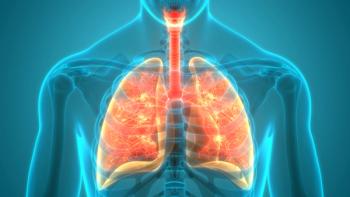
In a new review, researchers outline both the underlying pathological mechanisms and potential therapeutic targets in pulmonary arterial hypertension (PAH).
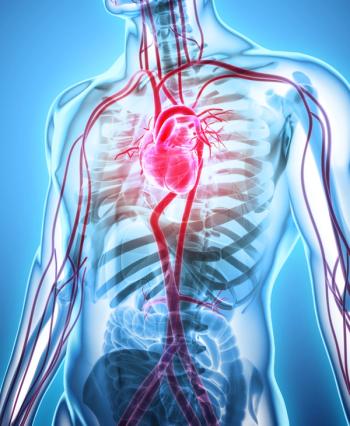
In roughly half of cases assessed, physicians underestimated a patients’ risk, according to multiparametric objective risk-assessment tools.

In an abstract presented at CHEST 2020, investigators revealed that the emotions that patients with pulmonary arterial hypertension (PAH) regarding their illness are more complex than previously thought.

A review published earlier this year examines the rationale and evidence for using a multidrug approach in pulmonary arterial hypertension (PAH).

A group of researchers published their research on the various underlying etiologies of pulmonary arterial hypertension (PAH), as well as predictive factors of pulmonary artery aneurysms (PAAs).

Two studies presented at CHEST 2020 assessed the impact of macitentan on cardiac function in pulmonary arterial hypertension (PAH) and determined what role reproducible exercise echocardiographic parameters have in predicting survival.

Use of selexipag in patients with connective tissue disease–associated pulmonary arterial hypertension (CTD-PAH) resulted in outcomes similar to those seen in patients with idiopathic PAH, despite the traditionally poorer prognosis of CTD-PAH.

Combination therapy plays a central role in treating pulmonary arterial hypertension (PAH), and 2 abstracts presented at the CHEST annual meeting highlighted real-world treatment patterns.

Compared with treprostinil, selexipag carried a 47% reduced risk of pulmonary arterial hypertension (PAH)-related hospitalization and 46% reduced risk of all-cause hospitalization.

The mortality risk differs for the 3 endothelin receptor antagonists approved to treat pulmonary arterial hypertension (PAH) in elderly patients; however, a direct comparison in a controlled trial is still needed to confirm results.

Severe pulmonary arterial hypertension (PAH) was associated with a significantly higher rate of maternal and fetal mortality.

259 Prospect Plains Rd, Bldg H
Cranbury, NJ 08512
© 2025 MJH Life Sciences®
All rights reserved.
